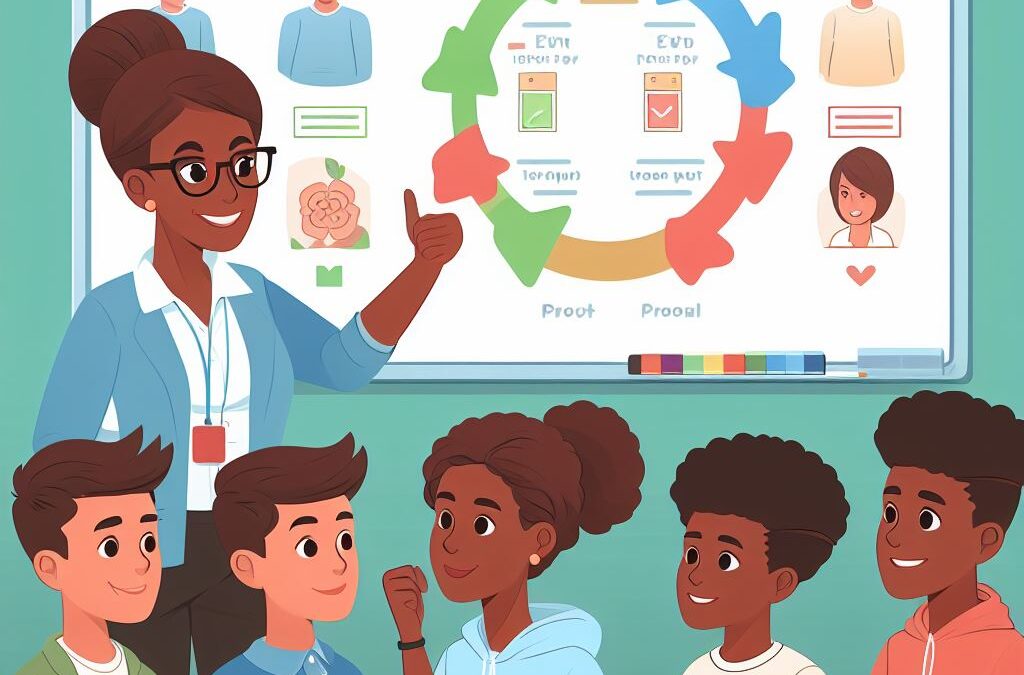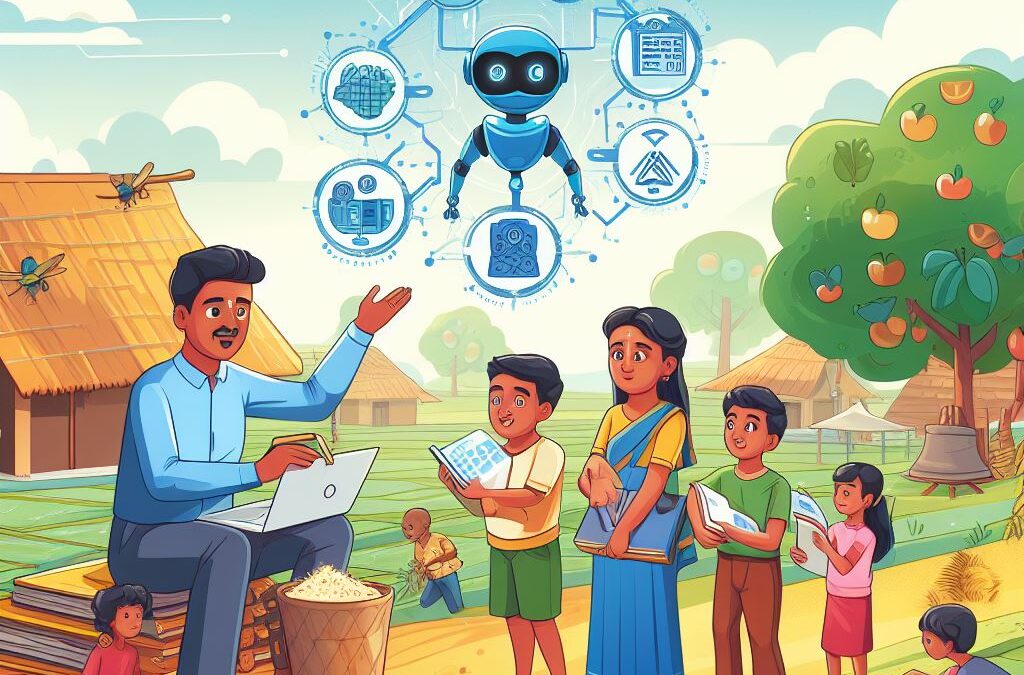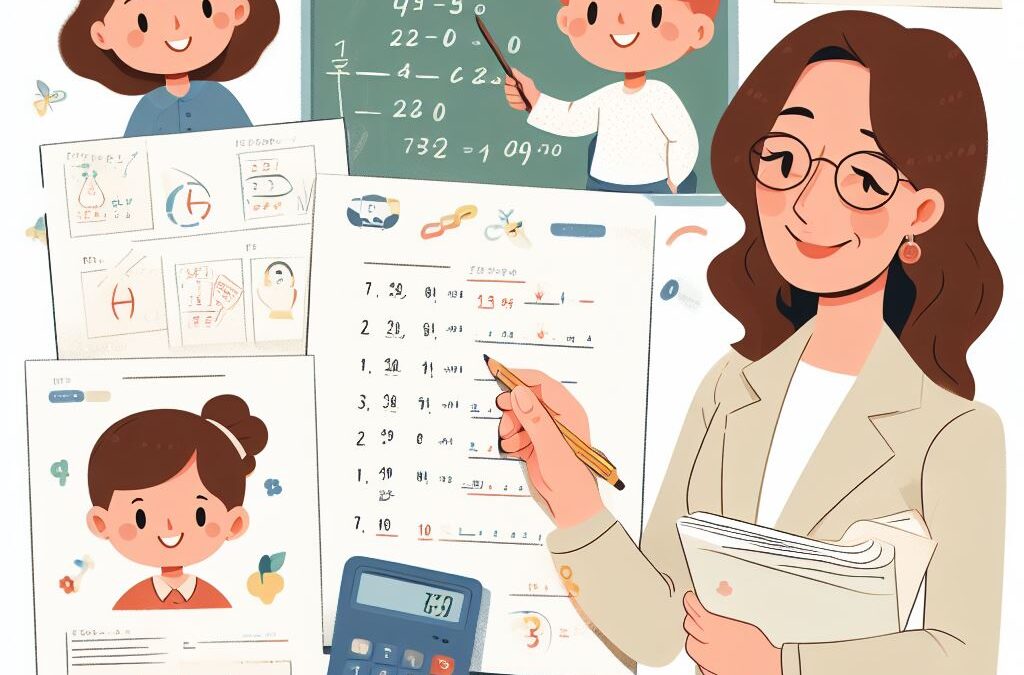
Positive Feedback Loop: Maximizing Growth and Success
Amplifying Student Growth: Unveiling the Power of Positive Feedback Loops
The Foundation of Effective Feedback in Education:
In the realm of education, the implementation of feedback mechanisms like positive feedback loops is the bedrock upon which students’ growth and progress are established. The art of delivering feedback is a critical skill that profoundly impacts a student’s learning journey. While traditional feedback approaches have their advantages, integrating innovative tools, especially AI, can significantly amplify the efficiency of feedback loops within classrooms.
The Impact of Constructive Feedback Loops:
Constructive feedback mechanisms, when strategically designed to emphasize the positive elements of a student’s work while constructively addressing areas for improvement, create a positive feedback loop. This loop becomes a driving force, motivating students to excel and inspiring growth and development.
Strategies for Reinforcing Positive Feedback:
Teachers constantly explore varied strategies to fortify positive feedback loops. Among these, two impactful methods—WWW (What Went Well) and EBI (Even Better If)—emerge as effective tools that provide students with actionable feedback.
Leveraging WWW: Celebrating Student Achievements:
WWW, standing for “What Went Well,” serves as a means to acknowledge a student’s accomplishments. Educators use WWW to highlight and celebrate the positive aspects of a student’s work, effectively boosting their confidence and motivation.
Harnessing EBI: Encouraging Growth Opportunities:
Conversely, EBI, or “Even Better If,” acts as a catalyst for improvement. It offers students constructive feedback, pinpointing areas where enhancement is needed, empowering students to identify growth opportunities.
The Role of AI in Elevating Feedback Loops:
The emergence of AI technology equips educators with a powerful tool for delivering timely and personalized feedback to students. AI-driven tools efficiently analyze student work, providing feedback similar to WWW and EBI, ultimately saving educators valuable time.
Maximizing Impact: Integrating AI Tools with Positive Feedback Strategies:
The amalgamation of AI tools with the established positive feedback methodologies of WWW and EBI offers a compelling opportunity for educators. These AI systems can swiftly assess student work, identifying strengths and areas for improvement.
Shaping the Future of Feedback: Empowering Students with AI-driven Positive Feedback:
As education evolves, the fusion of AI tools with established feedback methodologies like WWW and EBI promises a future where students receive personalized, actionable, and motivational feedback. This synergy creates a potent positive feedback loop, empowering students to celebrate their successes and systematically address areas for improvement.
Conclusion: Fostering Growth Through AI-Powered Feedback:
The integration of AI-driven tools with established feedback approaches like WWW and EBI creates a dynamic, student-centric educational environment. This amalgamation not only streamlines the feedback process for educators but also cultivates a culture of continual improvement and empowerment among students. By leveraging the strengths of both AI technology and established feedback methodologies, educators pave the way for a more empowered generation.











Recent Comments